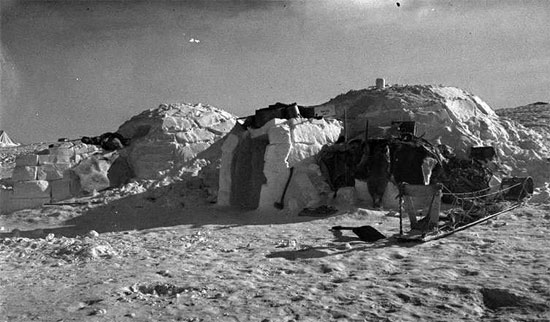Hello Native Studies Class!
For this project I will be researching the Inuit people in the following areas:
Art
Fashion
Hunting and Housing
Social Status
And Beliefs
But before I can go into any more detail you guys gotta know the basics of the culture!
The Inuit People
The Inuit (meaning "people") originated in Alaska but have since spread all across the North American Arctic, the Bering Straight, Greenland, and even Russia. Even though they live in smaller groups, they are all united by a common language and culture. The Inuit are also whalers, and have many ties to the water and what it gives to the people.
Sources
- http://www.inuulitsivik.ca/northern-life-and-inuit-culture/who-are-the-inuits

















